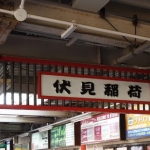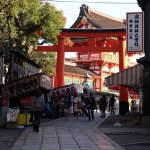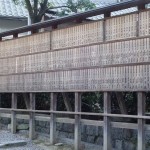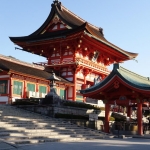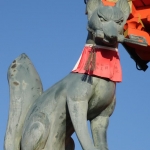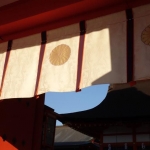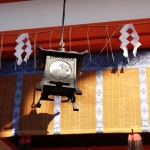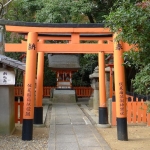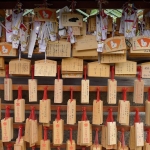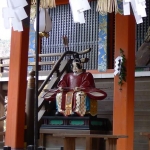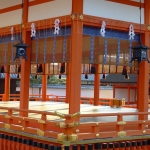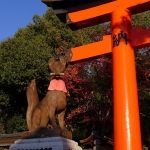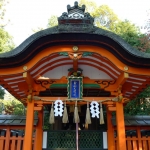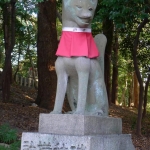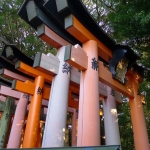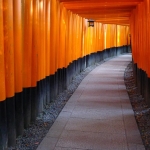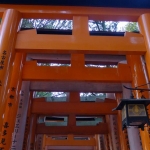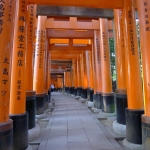Fushimi Inari-taisha Shrine
Fushimi Inari Taisha
This is the head shrine of Inari, located in Fushimi-ku, Kyoto, Japan. The shrine sits at the base of a mountain also named Inari which is 233 metres above sea level, and includes trails up the mountain to many smaller shrines which span 4 kilometers and takes approximately 2 hours to walk up.
Since early Japan, Inari was seen as the patron of business, and merchants and manufacturers have traditionally worshipped Inari. Each of the torii at Fushimi Inari Taisha is donated by a Japanese business. First and foremost, though, Inari is the god of rice.
This popular shrine is said to have as many as 32,000 sub-shrines (bunsha) throughout Japan.
From 1871 through 1946, Fushimi Inari-taisha was officially designated one of the Kanpei-taisha, meaning that it stood in the first rank of government supported shrines.
The earliest structures were built in 711 on the Inariyama hill in southwestern Kyoto, but the shrine was re-located in 816 on the request of the monk Kūkai. The main shrine structure was built in 1499. At the bottom of the hill are the main gate (rōmon, “tower gate”) and the main shrine. Behind them, in the middle of the mountain, the inner shrine is reachable by a path lined with thousands of torii. To the top of the mountain are tens of thousands of mounds for private worship.
Foxes (kitsune), regarded as the messengers, are often found in Inari shrines. One attribute is a key (for the rice granary) in their mouths.
Unlike most Shinto shrines, Fushimi Inari Taisha, in keeping with typical Inari shrines, has an open view of the main idol object (a mirror).
A drawing in Kiyoshi Nozaki’s Kitsune: Japan’s Fox of Mystery, Romance and Humor in 1786 depicting the shrine says that its two-story entry gate was built by Toyotomi Hideyoshi.
The shrine draws several million worshipers over the Japanese New Year, 2.69 million for 3 days in 2006 reported by the police, the most in western Japan.
See: inari.jp/en/


